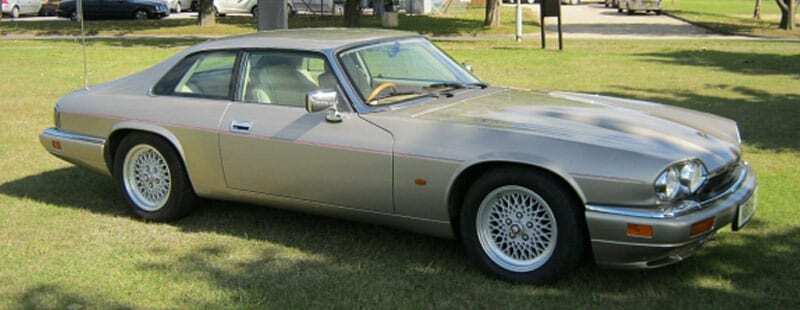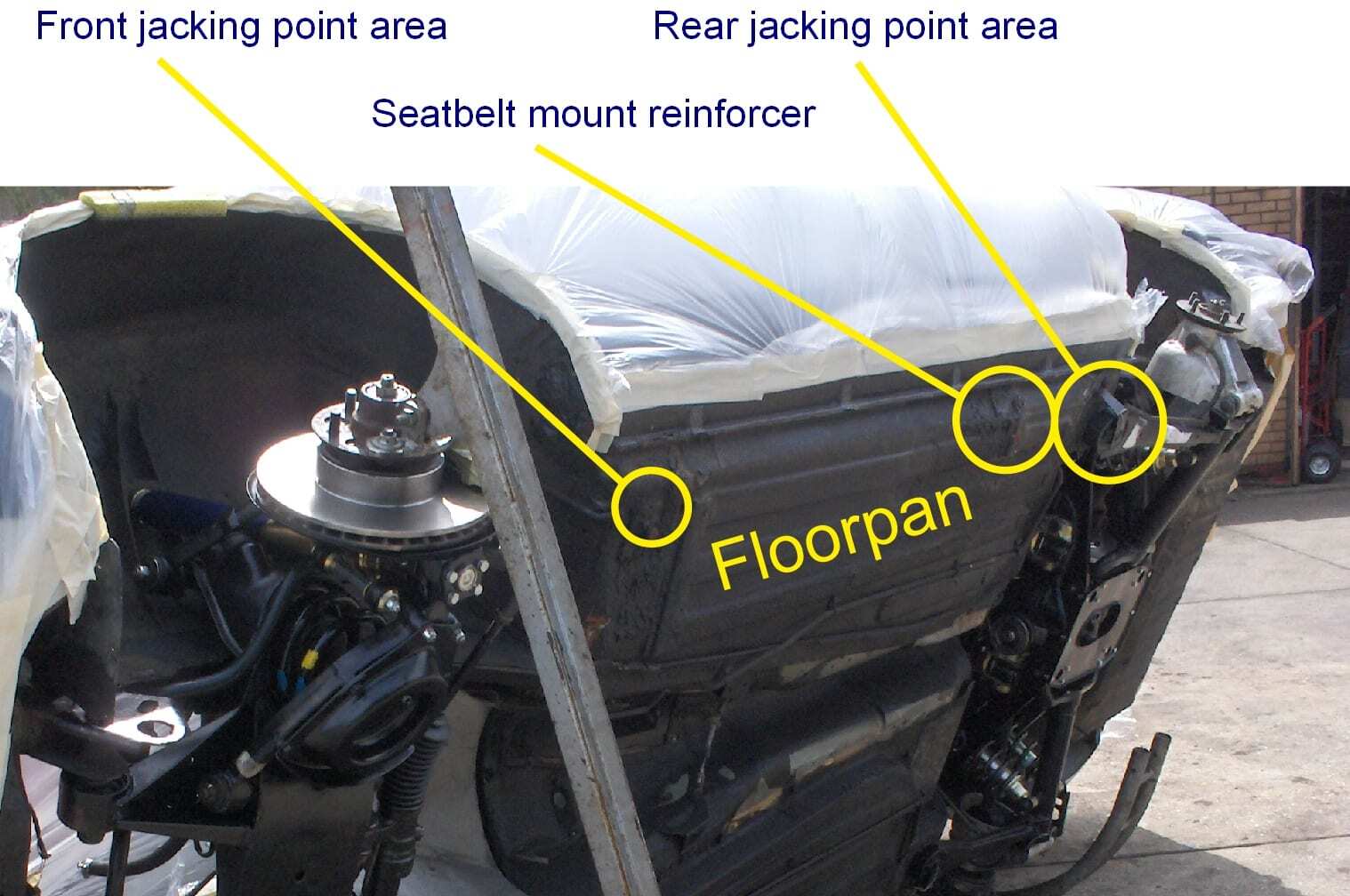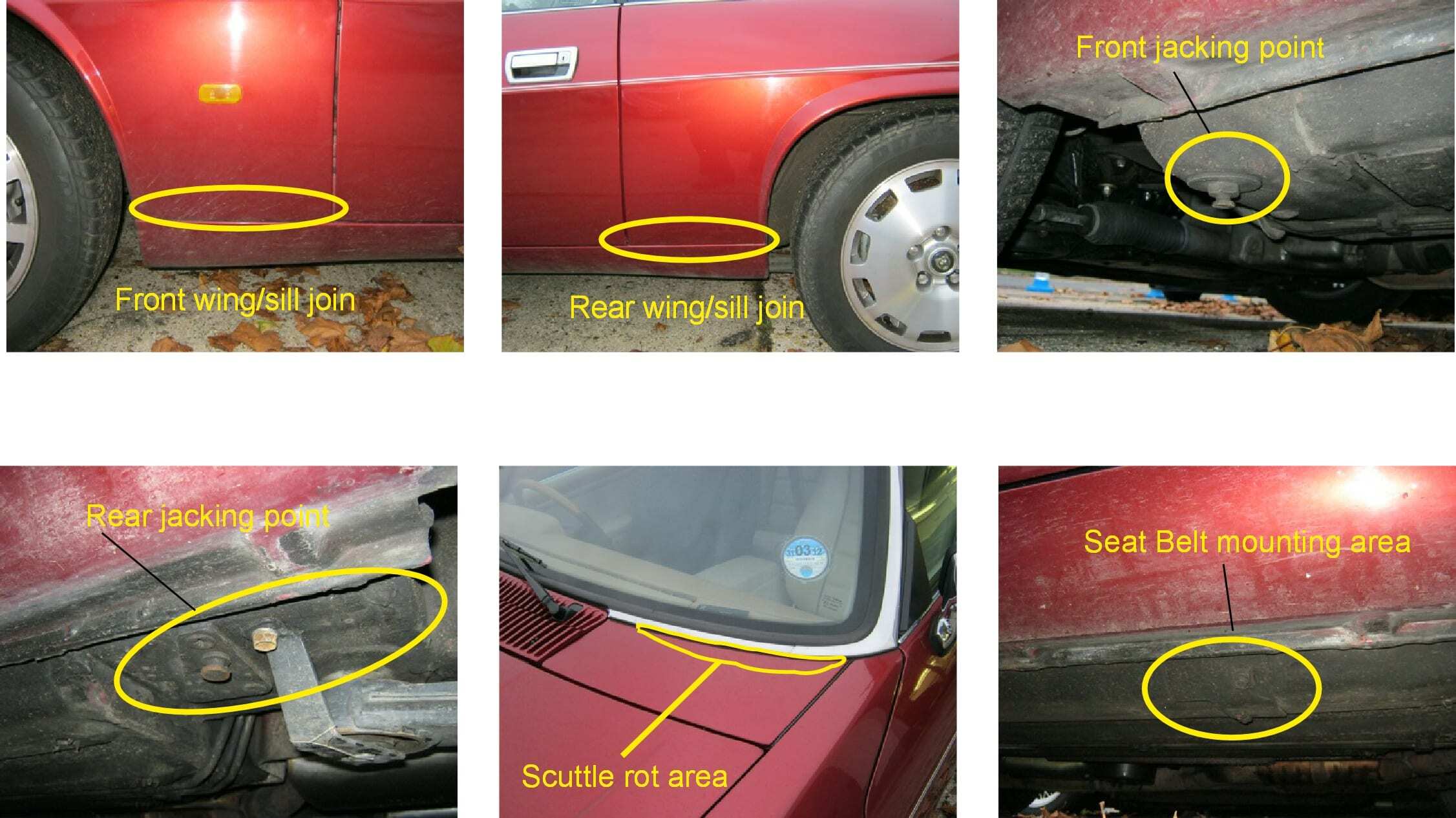Buying Guide: Jaguar XJS

Thinking about restoring a XJS Jaguar? We show you what to look for when buying an XJS, and how to minimise restoration costs. Reading this could save you a great deal of cost and worry.
As with all cars made of steel, the most important area to consider is rust – both in the visible, painted areas and more importantly the hard-to-see underside and hidden cavities.
The most expensive part of a restoration is the stripped-respray. If you are careful in selecting a low-rust car then you could avoid this cost.
You will need to be able to look underneath the car – ideally on a vehicle lift, but it is possible to see enough with the car on axle stands, and even to form a reasonable judgement just be kneeling down and looking at the important places.
These cars all rust in the same places – some more than others, so it is possible to form a view of the total rust condition just by looking at a few of the usual suspect areas.

Don’t be tempted by a cheap car…
it will definitely cost much more to restore than saving a thousand or two on the purchase price.
Remember: Sellers – in particular, garages & dealers – will have gone to some trouble to make the car look nice; but it is very unlikely that a seller will have done a proper restoration-quality repair of rusted areas. So a perfect-looking car is often much worse than one with visible rust which has not been tarted-up. You have been warned! That perfect-looking wing or wheel arch will probably come bubbling through with rust in months or a few years.
1. Jacking points.
Check the pictures to see where they are.
These areas are often weakened and holed – and can be disguised with filler & underseal.
With the seller’s permission, have a good prod with a blunt metal object such as a car key all around the jacking points.
Look for uneven surfaces, or suspiciously fresh underseal.
2. Floorpans.
There is a weakness on all the coupés around the seatbelt mounting re-inforcement where a strengthening plate on the outside allows water to get trapped, which then rots through the floor. Not a good area to be weak.
3. On facelift cars (post 1991) rot in the windscreen scuttles is very common. It is quite expensive to repair properly.
4. Bottom of front wings where they meet the sills – always rusty on the XJS, so will have been repaired, possibly more than once. Look for the bottom of the wing being flush with the sill. If it sticks out a bit then there is (or has been) rust.
5. Rear wheel arches – very common, and difficult to repair well.
On late facelift cars (post 1993), there is often rust on the forward edge of the roof where it meets the ‘chrome’ finisher (actually stainless steel).
Nearly all XJSs will feel quite wobbly to steer due to worn and perished bushes, but as we always recommend a full suspension/brakes/restoration one need not worry too much about this.
Engines are usually very strong, but it’s important to determine whether a V12 has been properly serviced – the cooling system usually requires renewal.
The aircon is probably not working, but we can fix most problems fairly easily.
London and other large city cars have a tough time as they usually do only short journeys so low mileages can be hiding a lot of trips which wear out brakes, door hinges, leather and carpets etc disproportionately.
The ideal car is one that gets regular, light use on suburban or rural roads in the south of England. Up to about 100,000 miles is ok for a V12 before it gets expensive, and at least 150,000 miles for the XJS 6 cylinder engines. The old 4.2 XK engine in the XJ saloons is needing reconditioning at about 80,000 miles on average.
If you found this article helpful please hit the like button below to let us and others know.

